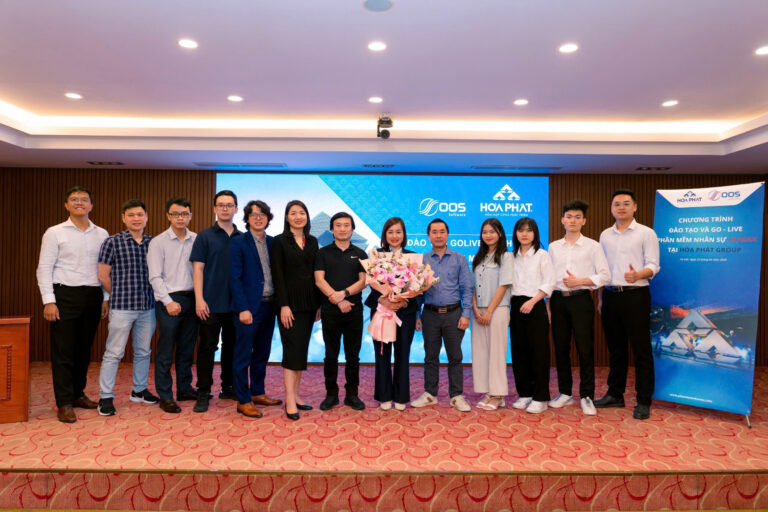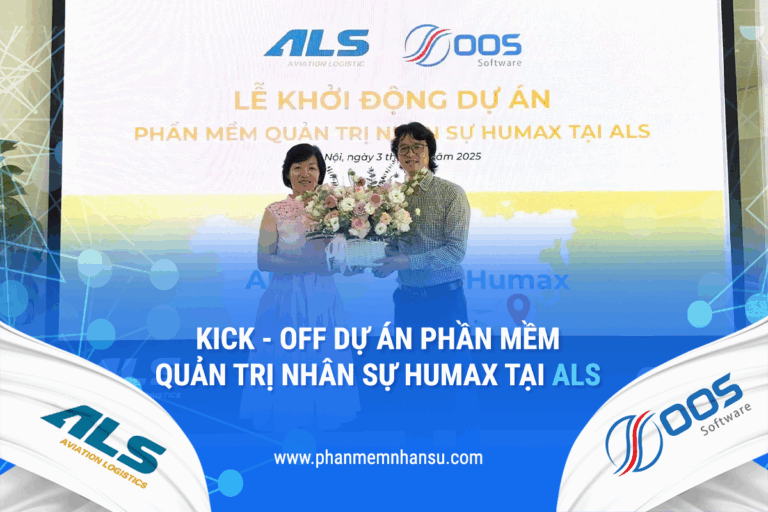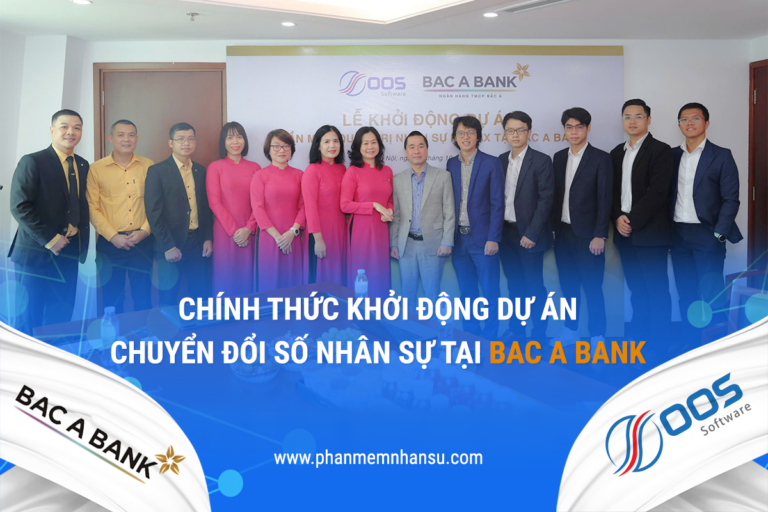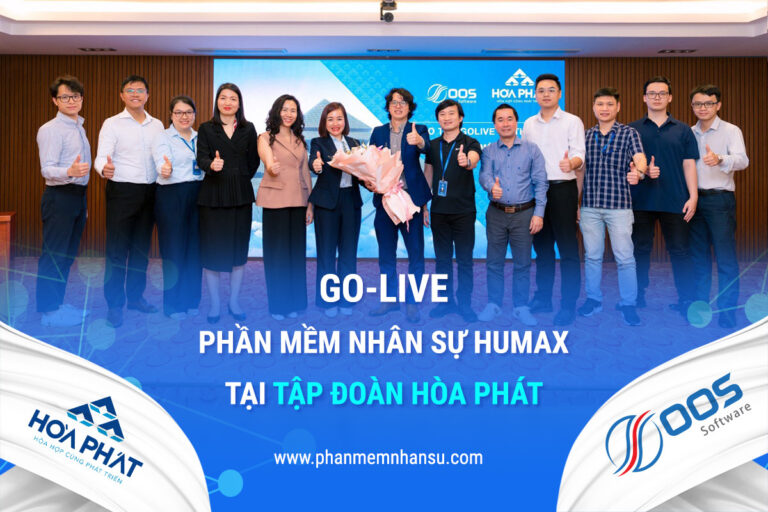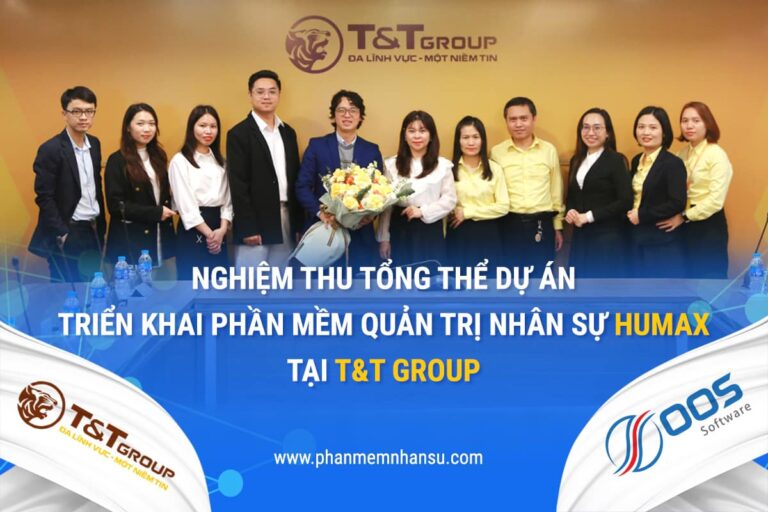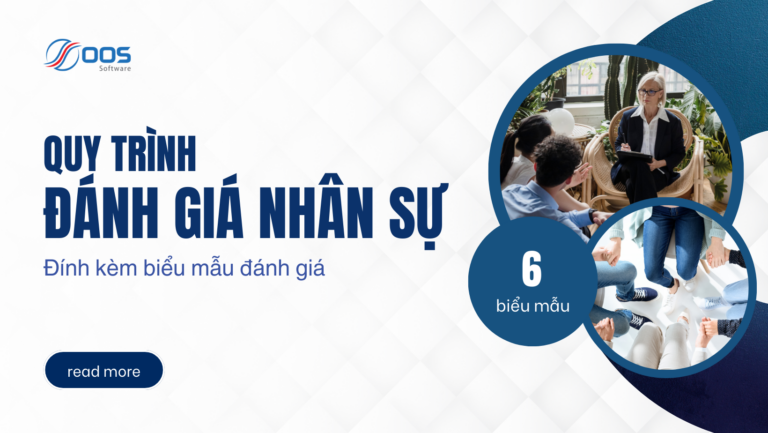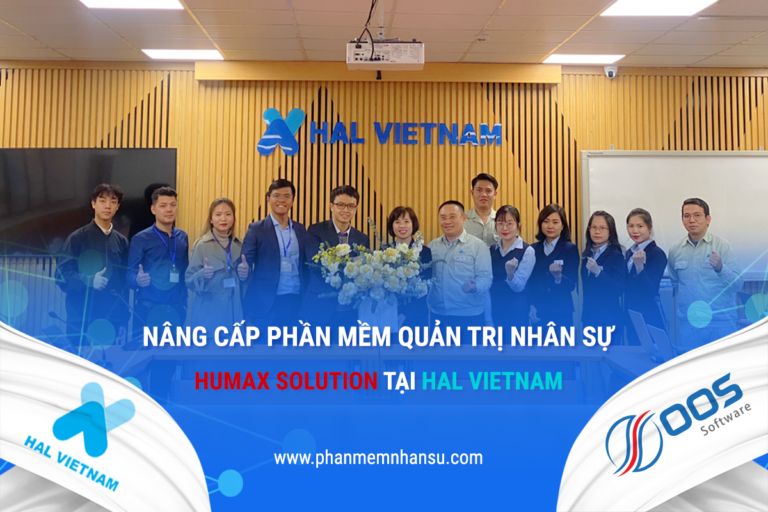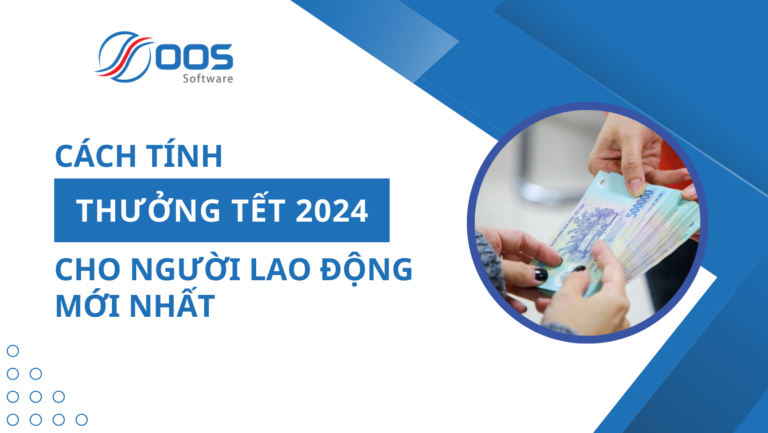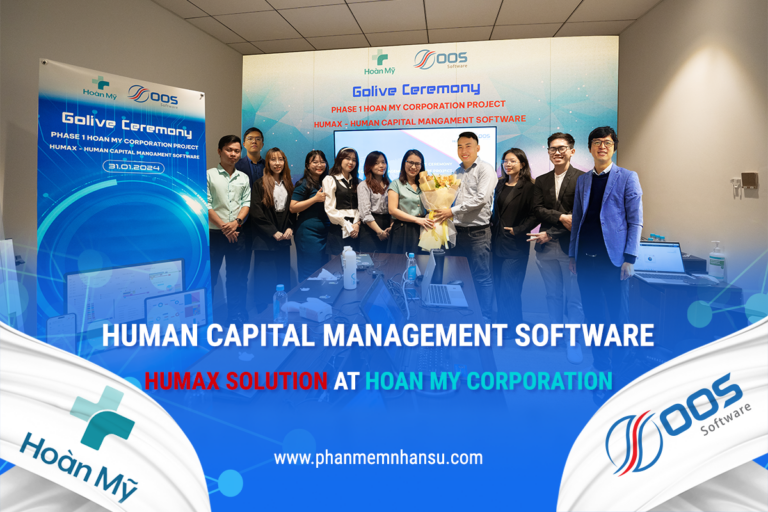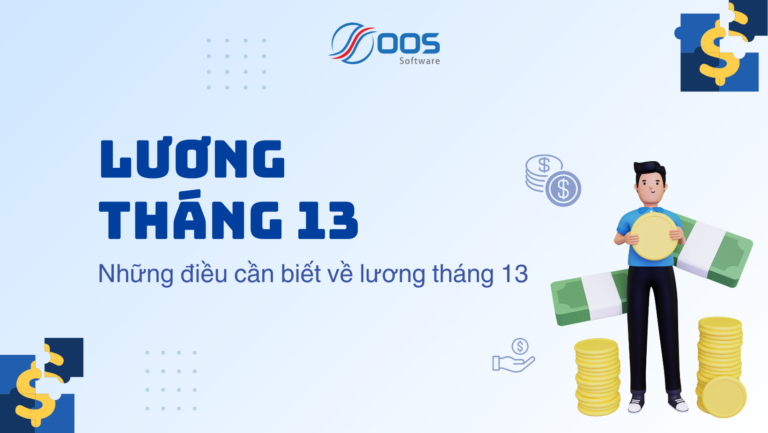Human resources are the core and foundation for the sustainable development of the Enterprise. Therefore, in addition to attractive welfare and compensation policies, the company needs to have an attractive and appropriate human resources training and development process to attract and retain talented people.
THE MEANING OF BUILDING A HUMAN RESOURCES DEVELOPMENT TRAINING PROCESS
An attractive human resources training process not only brings benefits to the development of employees in general, but is also directly linked to the long-term development of the entire organization.
1.1 For organizations
The process of training human resources in businesses brings many positive impacts to the organization as follows:
- Forming and developing the capacity, skills and attitudes of employees in the organization: Training helps employees develop professional and personal abilities. They become able to perform their work more effectively, and a positive work attitude is encouraged.
-
- Improve management quality: Trained managers will have better management knowledge and skills. This leads to more professionalism in team management, thereby improving work performance and creating a more positive work environment.
- Reduced production costs: Trained employees often perform work more accurately and efficiently, reducing the risk of errors and product defects. This can lead to reduced production costs, saving time and resources.
- Create competitive advantage: Businesses with well-trained human resources are able to quickly adapt to changes and compete in the market more effectively. This helps create competitive advantage and maintain sustainability in the industry.
1.2 For employees
The human resource training process also brings many positive benefits to employees:
- Enhance personal skills and abilities: Training helps workers develop and improve their job-related skills and abilities. This not only helps them do their work more effectively, but also creates opportunities to develop their careers and increase their ability to contribute to the organization.
- Adapt to change: Trained workers are often better able to adapt to variability and change in the business environment. This helps them maintain stability in their work and be more confident when facing new challenges.
- Create competition: Trained individuals have an advantage in finding and keeping jobs. The improvement of personal skills and abilities helps them become attractive candidates in the labor market, thereby increasing promotion opportunities and improving labor productivity.
- Increased income: With improved skills and capabilities, workers are often able to command higher salaries. This helps them meet their life needs, improve their quality of life and ensure better personal finances.
7-STEP STANDARD TRAINING AND DEVELOPMENT PROCESS

Step 1: Determine human resources development goals
With training and human resource development, the ultimate goal of human resource managers is to provide employees with professional knowledge as well as other soft skills to serve their work and promote performance. work and create an environment that is always growing.
Clearly defining training goals will help businesses easily draw out appropriate, focused small steps, thereby helping to save costs and management time. In addition, this step also helps managers evaluate in detail the effectiveness of the training process.
Step 2: Forecast the needs of human resources
Businesses can rely on two factors to: demand forecast:
External factors: These are factors such as population, economy, existing labor force in society, state laws, competitors, customers, social culture,...
Internal environment: These are factors surrounding the company's mission and operating purposes. In addition, we need to pay attention to the cultural atmosphere in the company, shareholders and unions.
Step 3: Analyze in detail the current situation of resources
This will help businesses identify the company's strengths and weaknesses as well as difficulties and advantages. Thereby, helping administrators understand the current situation and level of use of human resources, serving as a solid basis for forecasting future resource needs.
Step 4: Decide to increase or decrease human resources
After determining the current state of resources at the Enterprise, the organization can plan and determine human resources, and make appropriate recruitment or personnel reduction needs. This helps the training and development process take place with focus and quality, bringing clear results at work.
Step 5: Conduct training program development
The training program will include appropriate lessons and necessary skills to train personnel. Clear training process, training time, training costs, training roadmap and evaluation,...
Step 6: Implement the training plan
There are usually two common methods for implementing training plans: direct and indirect. With any training plan, you should stick to the purpose of the training process, which is to improve skills and raise qualifications for employees.
Step 7: Evaluate the training implementation process
After developing and implementing HR training programs, companies need to continuously evaluate the training process and results. From there, have the most objective view, compare plans and reality, draw out strengths and weaknesses in both processes and people, and then have corrective policies applied promptly and appropriately. fit.
See more: 4 indicators to measure the quality of effective human resource training
Suggestions for implementing human resource training and development processes
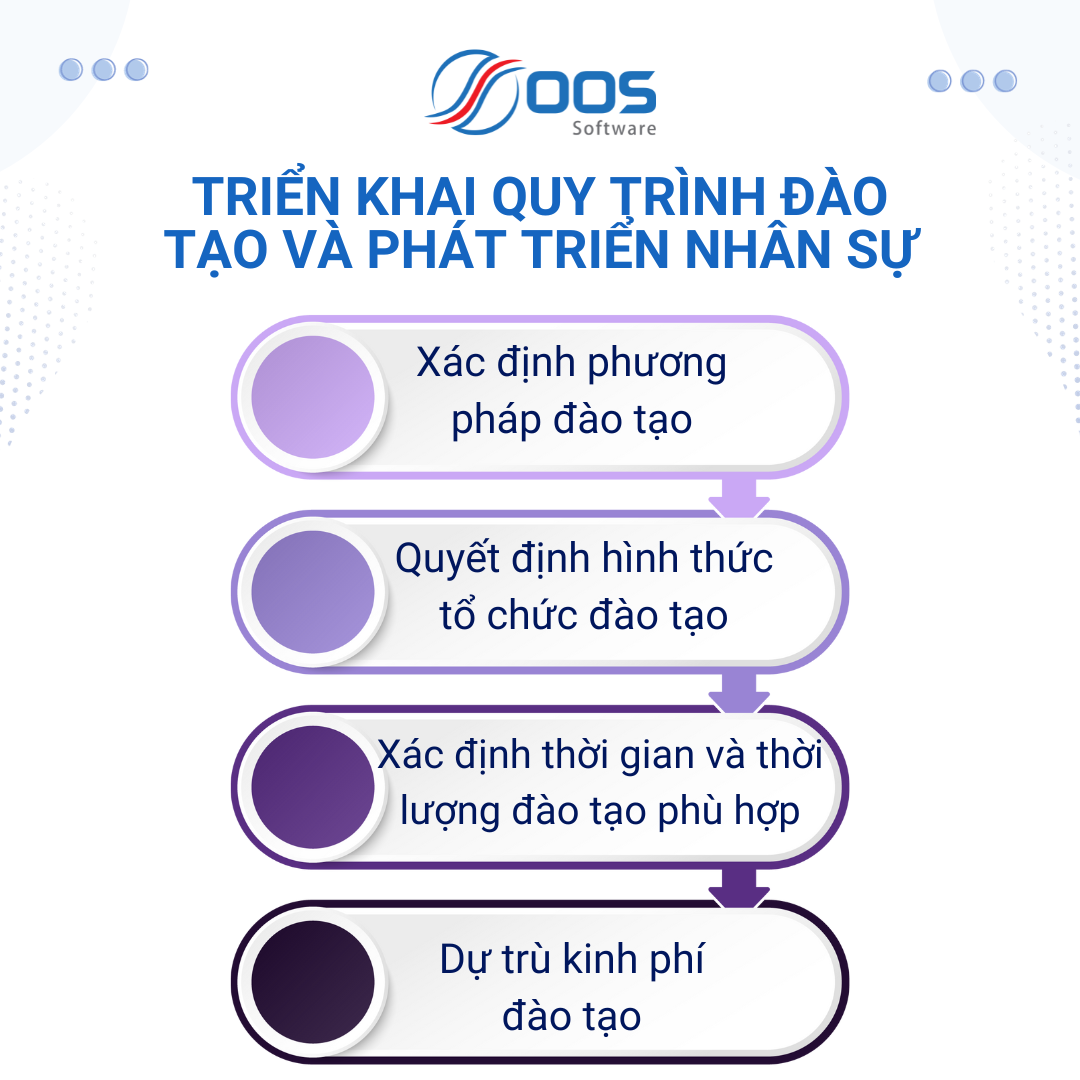
Below are some suggestions for implementation Human resource training process in enterprises. These are factors that determine the success of a training program, so you need to pay close attention.
3.1 Determine training methods
Each individual will have a different ability to acquire knowledge. Therefore, those who directly teach need to research their students. This will help businesses come up with the most suitable training methods. Besides, this helps training content be delivered more effectively and also optimizes training time.
The following are suggested training methods for each group of learners according to Psychology research:
- For visual learners: People who like to learn through observing things and phenomena. An appropriate training method is to visualize theoretical knowledge with images, illustrations, clips, etc.
- For auditory learners: The ability to absorb knowledge will be better when listening to lectures. The appropriate method for this learner is to convey through voice in an understandable and engaging way
- For kinesthetic learners: These are people who easily absorb knowledge through activities and experiences. The training method proposed is to use common knowledge teaching through experiments or activities.
In short, each employee will belong to many of the above student groups when processing different information. Lecturers and HR staff need to learn about the above types of learners to come up with appropriate training methods. From there, closely adhere to the development goals of individual employees as well as those of the business.
3.2 Decide on the form of training organization
Depending on the training content, instructors will have different ways of conveying information. For example, for practical training content (fire prevention and fighting), instructors should implement it in the form of practical exercises to increase interaction. On the contrary, if the content is to test knowledge, the instructor can organize a test on the website to make it more convenient and reduce the number of documents that need to be printed.
The following are training forms suitable for each subject and different training content:
Live training
The form of direct training is suitable for personnel working in the company. Effective training is only achieved when the number of participants is small. Businesses can use this form to train on content such as:
- Technical training.
- Professional training.
- Management training.
- Safety training.
Online training
Businesses should consider using online training through websites or training software when there is a need to train new employees or all members of the company. Unlike face-to-face training, training through websites or software is effective even when the number of participants is large. This form will be very suitable when businesses want to train on:
- Professional training.
- Integration training.
- Soft skills training.
- Quality training.
- V…V
In fact, there are many ways for businesses to organize training for their employees. However, to maximize the effectiveness of training, managers should consider using technology solutions to support this work.
A training software will help administrators save time and costs on training. In addition, through training software, personnel will be more proactive in arranging study time as well as determining a suitable route for themselves.
Human Resources training in Human Resources Management software HUMAX:
- The software is highly flexible and customizable: Allows dynamic setup of data fields, dynamic setup of personnel evaluation process, dynamic setup of management reports, warnings and utilities for Users.
- Personnel staffing helps organizations easily grasp the need to increase or decrease human resources.
- Set up an automatic Human Resources evaluation process, designed according to each employee's needs and promotion path, and synchronize internal training.
- The system reports training costs, training results, and 2-way training evaluation, helping to promptly make adjustments in personnel management and training, avoiding waste of resources.
- Supports integration with other management systems in the Enterprise: ERP, e-Office, CRM, DMS, Face-ID... via OpenAPI.
See also: Technology in HR: Developments that will shape HR in 2030
3.3 Determine appropriate training time and duration
Training time needs to be arranged reasonably, without affecting the work progress of personnel. Besides, the human resources department needs to prepare a clear and specific time plan for the training program to maximize its effectiveness.
Depending on the actual amount of lessons, the human resources department needs to allocate appropriate time. For short-term lessons, HR should limit the duration to a maximum of 1 hour. For lessons that require multiple study sessions, the lecture should be divided into small parts and a maximum of 45 minutes per lesson. Besides, each lesson needs to ensure both theoretical training time and time for students to practice.
3.4 Estimate training costs
Training budget is a factor that greatly affects training methods as well as quality and goals. In case the company chooses online training, but cannot pay the cost of the platform, this is not a reasonable choice.
Choosing the appropriate training method will determine the effectiveness of a training program. Therefore, businesses need to carefully consider their ability to achieve their training goals. Not every time you spend a lot of money it will be effective. What businesses need to do is come up with a suitable plan to bring efficiency at a reasonable cost.
Notes when building training and human resource development processes
To build training processes as well as develop human resources effectively, businesses need to follow the steps as described above. In addition, companies also need to keep in mind some notes to avoid mistakes when planning training and developing internal human resources.
- The larger the scale of the business, the more specific and detailed the training process will need to be. At this time, the human resources system does not have enough human resources to closely follow each student. What these people can do is control the results that students have achieved compared to specific grading standards in each item in the program. Therefore, the more specific the training process, the easier it will be for the unit to control.
- Training and development should be focused on key employees, who are in specialist positions or higher. Because these individuals, in addition to taking on jobs in departments, can also act as mentors for newly recruited employees.
- A fixed annual training period should only be applied to training programs that convey the organization's values and norms. For professional content, training can be provided every 2 years or when the organization has an actual need.
Building a human resource development training process will help make the path to the goals that businesses set more open. Personnel will know what knowledge they really need and what standards they must strive to affirm their personal value.
OOS Software has more than 10 years of accompanying many businesses and corporations. Contact now to get advice on Recruitment Software for your Business.

